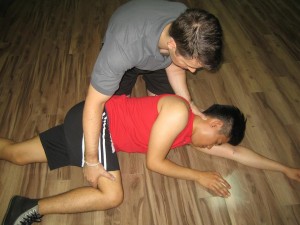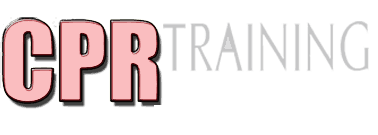The state of health in the world

The demand for CPR certification has been on the rise in recent years in Seattle, especially with more and more news reports of accidents happening all over the city. According to the World Health Organization, the most common cause of mortality all over the world is heart disease, specifically ischemic heart disease.
Ischemic heart disease occurs when the vessels that lead to the heart are blocked by plaque, a condition called atherosclerosis. When the vessels that lead to the heart cannot properly supply the heart muscle with oxygen, a person gets a heart attack. Heart attacks are very dangerous because if they happen, the heart cannot pump blood to the rest of our body. Our brain can only survive 7 to 10 minutes without oxygen before the tissue starts to die – an irreversible condition.
CPR as a lifesaving skill
One of the best ways to help a person experiencing cardiac arrest is to give CPR. Cardiopulmonary resuscitation involves the use of chest compressions to manually pump the heart and rescue breaths to oxygenate the blood. We teach students how to give CPR adequately to help prevent the drastic complications of cardiac arrest. CPR can raise the survival rates of victims by as much as 20 percent if done correctly and timely.
The first step is to recognize that a person has experience cardiac arrest. Cardiac arrest is typically characterized by lack of regular breathing or its complete absence. A victim also typically has no pulse or has erratic heartbeats. In the absence of a heartbeat or pulse, chest compressions have to depress the chest by at least 5 cm or 2 inches. Rescuers must also allow the chest to recoil before giving another compression.
Training with Seattle CPR
At Seattle CPR, we offer eight training programs to trainees. Out of these eight courses, only five are training courses and three are re-certification classes. Out of the five training courses, three are under Basic Life Support and two are are under Advanced Life Support. Both programs cover the basics of giving chest compressions, rescue breaths, and defibrillation but advanced courses focus more on medical management. Medical management involves the use of medication, equipment, and diagnostics.
- Heartsaver CPR – 4 hours, general public
- Heartsaver CPR C – 4.5 hours, healthcare providers
- Basic Life Support for HCPs – 4.5 hours, healthcare providers (re-certification: 4 hours)
- Advanced Cardiac Life Support – 16 hours, healthcare providers (two-day course) (re-certification: 5 to 6 hours)
- Pediatric Advanced Life Support – 14 hours, healthcare providers (two-day course) (re-certification: 6 to 8 hours)
Getting your certification
We award all our trainees with training certificates as long as they have complete attendance and pass the certification examinations given at the end of each program. Certain programs have pre-tests as well, designed to test the students’ knowledge about CPR before starting training. These certificates are valid for a total of 2 years before they expire.
We require our rescuers to sign up for re-certification training before their credentials expire. If they let their certification expire, we cannot qualify them for re-certification training. They would have to retake the training program.
